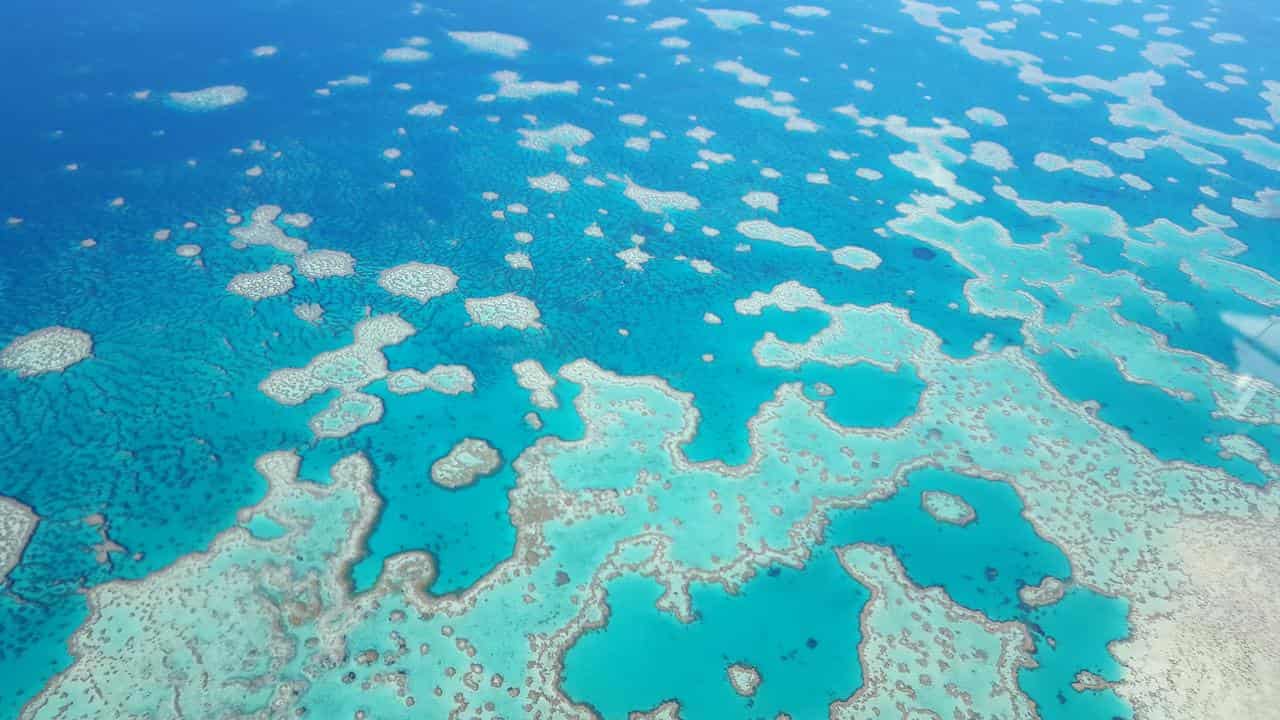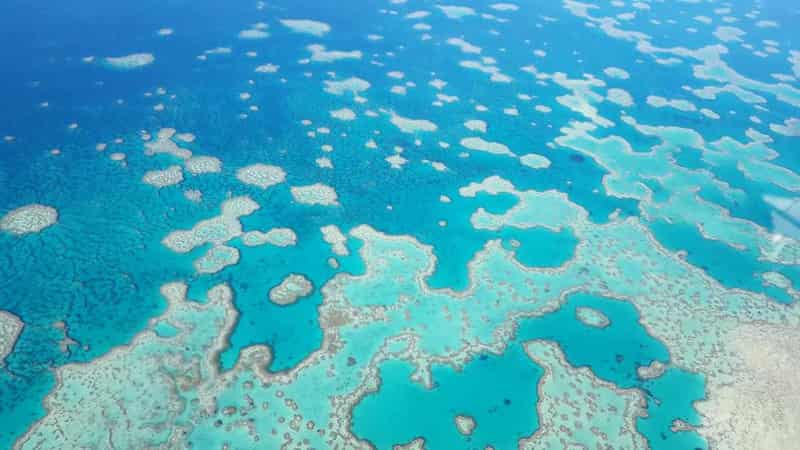
Scientists have identified a major new threat to the Great Barrier Reef - invisible groundwater flows delivering nutrients at harmful levels.
It's long been known that nutrient-rich river water is a major cause of poor water quality on the reef.
But a landmark study has shown groundwater that seeps from the land into the sea, below the water line, is a far bigger source of nutrients, including problematic nitrogen and phosphorous, which are heavily used in fertiliser.
Excessive nutrients affect reef health in range of ways, including fuelling harmful algal blooms that can block sunlight, reduce corals' resilience to bleaching and affect coral diversity.
Scientists say it's time to rethink protection strategies, which up until now have been heavily focused on addressing nutrient loads in river water.
Their study showed groundwater discharge was ten to 15 times greater than river inputs.
Groundwater discharge accounted for about a third of new nitrogen entering the reef - almost twice what river water delivers.
It also accounted for two thirds of new phosphorous inputs - about six times what's in river water.
"We need to have a good discussion about where our management efforts are taking place," says study leader Douglas Tait, from Southern Cross University.
"There are significant amount of resources and time and effort being spent on managing river water inputs.
"What this study is pointing at is that we need to be looking at how we manage the groundwater as well."
An obvious place to start is looking at better managing what ends up in groundwater - the water that's stored and moves through geological formations below the land surface.
More work is also needed to identify and manage any discharge hotspots. That would open up the prospect of using seaweed, for example, which needs nitrogen and phosphorous to grow.
“Our understanding and ability to manage the sources of nutrients is pivotal in preserving the reef for generations to come," Dr Tait said.
The federal government's reef protection plan says sediment and nutrient pollution from agricultural run-off, and to a lesser extent urban and industrial activities, are the main sources of poor water quality.
The plan is central to Australia's efforts to prevent the reef from being listed as a World Heritage site in danger.
The World Heritage Committee in September gave Australia more time to demonstrate it is addressing major threats, with the government due to provide a progress report in early 2024.
The peer-reviewed research has been published in the journal Environmental Science and Technology.
The work was supported with funding from the Australian Research Council, the Herman Slade Foundation and the Great Barrier Reef Foundation.









